From a review of :
The music effect: Music Physiology and Clinical Applications by Schneck, D.J. & Berger, D.S. (2006).
Reviewed by Nina Gritzalis, Psy.D., Madden Mental Health Center, Hines, IL.
.......information from The Music Effect is found in the discussion of physiological entrainment, which encompasses various physiological and behavioral responses that respond to rhythmic changes in our environment. The phenomenon of entrainment is well-known to all of us, even if we are not consciously aware of it, from the driver matching the rhythm of other automobiles on road or the passenger falling asleep from the consistent and rhythmic movement of the automobile. Of course, for the hypnosis professional the importance is how we are actually utilizing entrainment in a formal hypnotic induction, which usually involves focusing on a specific point or following the rhythm of the therapist's voice that gradually induce the deep sense of relaxation that leads to the trance state. The authors focus on five different types of physiological entrainment beginning with a detailed and extremely engaging description of the neurological processes involved in entrainment through the nervous system.
The other sections of the book discuss the sensory processing of music from the internal functioning of the auditory system to the processing of pitch, rhythm, and timbre. Various music therapy case examples are utilized throughout the book, and their progress in treatment is followed. There is an interesting discussion of how a fear or panic reaction can be lessened and eventually eliminated by adjusting the set points of homeostatic response to the environment.
All in all, this is a fascinating book that covers an array of phenomena. It is well written and thoroughly referenced. For those who make the reading effort, your fund of knowledge will certainly be increased, and perhaps you will find yourself looking at your clinical and personal environment from a new frame of reference.
Subscribe to:
Post Comments (Atom)








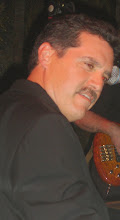





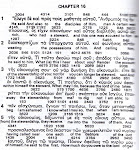

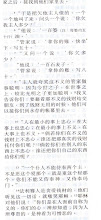

















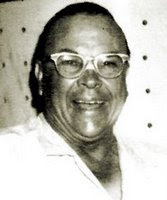









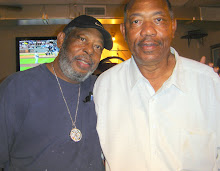


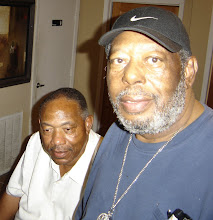













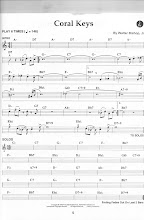

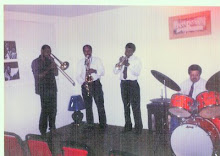






No comments:
Post a Comment